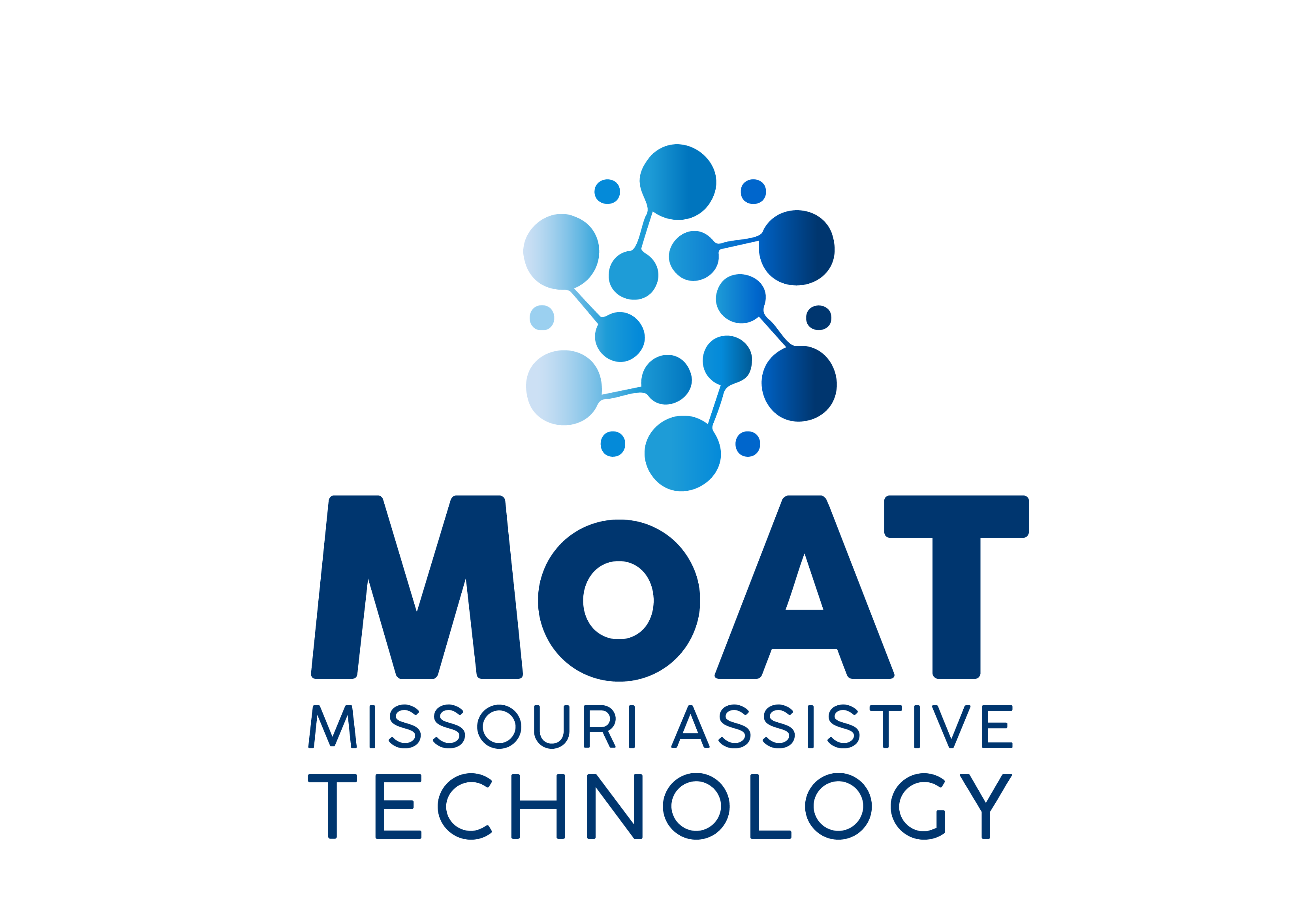Whether it is a live meeting, a conference call, a video conference or a combination of meeting formats, ICT standards should be incorporated. To assure persons with disabilities are able to participate in a meeting, consider:
-
Planning for access;
-
Scheduling outside services for interperting or captioning;
-
Ensuring archived recordings are accessible.
Train staff on general awareness and understanding of web accessibility
-
Accessibility Fundamentals for the Web (Siteimprove)
-
Digital Accessibility for the Modern Workplace (Linkedin Learning) – free access through local libraries
-
Online course by Georgia Institute of Technology Professional Education
-
Digital Accessibility: Enabling Participation in the Information Society
-
ADA Accessible Meeting Planner Checklist
-
ABA Virtual Meetings – Accessible Check Lists and Best Practices
Use CART for participants who want to read the captions. Learn more about CART
Captioning Webinars
The most common way to caption a webinar is through Real-Time Captioning (also known as CART services). If the webinar technology supports on-screen captioning, the captioning provider most likely can hook into that system. For example, If not, the provider will use a third-party technology and give you a link you can distribute to participants to access the live transcript.
An exception is a video webcast, which can use live captioning. This is dependent on whether the webinar providers software is capable of supporting a live captioning feed.
Check with your webinar service manager if you’re not sure which strategy to use. Check out the Captioning vs. CART document for more information.
Here are some of the main tools used at the State of Missouri and how to incorporate captioning.
In-room meetings with remote participants
Remote attendees attending via either an audio conference or using a webinar may benefit from ICT. Guidance can be provided by the attendee, who is required to request an accommodation keep in mind, archived meetings must be made accessible as part of the archive process.
Missouri Assistive Technology has created a guide for leading a meeting or presenting in a class or conference type environment. The Speakers Guide offers accessibility guides for ensuring access in built into your presentation.
Here are some simple, yet effective strategies for ensuring that your in-room meeting is accommodating for all participants present and for those attending remotely. These techniques help everyone.
-
Sit in a circle (such as around a table).
-
Speak clearly and avoid covering your face.
-
Repeat any questions asked.
-
Ensure everyone takes turns. If multiple hands go up, announce the speaker order.
-
Avoid overlapping or side conversations.
-
Describe any visuals, focusing on purpose or action.
-
Repeat key points during the meeting.
-
Ensure each speaker self-identifies before speaking (“This is Keith…”).
-
Repeat or summarize the question before answering.
-
Ask if anyone on the call has a question or comment, then hold a pause to enable a response.
Good presentation techniques are critical regardless of whether an attendee has self-identified as having a disability. Some participants may not ask for an accommodation as they may simply use their Relay provider to access the call. Participants who are blind or have low vision may either ask for an audio describer or simply request that the speaker describe visual content. Participants who are deaf and speak sign language may request an interpreter.
Standard best practices for any gathering include:
Perform introductions. At minimum the key speakers. If the group is small enough, all the attendees.
-
Be a facilitator. Encourage participation. Ask for comments and input. Repeat questions.
-
Ensure everyone takes turns. If multiple hands go up, announce the speaker order.
-
If an interpreter is used, be sure the interpreter is visible. Don’t walk in front of the interpreter and ensure proper lighting is available to see the interpreter.
Planning an event where others speak or present for your agency? Provide them with a Speaker Accessibility Orientation Guide.
All audio files must be transcribed. A link to an audio file should also provide a link to the transcript.
All recorded material must be captioned.
For YouTube videos:
Do not rely on the automated captioning feature, make sure to review and edit the recording. YouTube captioning is quite a simple and robust tool. Missouri Assistive Technology has prepared a handout on steps as of 2021 to caption a recorded video on YouTube.
Alternative is to feed an accurate transcript into YouTube’s auto-timing and caption file creation feature (visit the Captioning tab for more information)
The audio in all recorded video must effectively describe key visuals
Have the speaker include key visuals (as you see, the chart shows a 63% increase)
Leverage sound effects (when showing a lake or river in a video montage, use the sound of a boat wake or waves lapping on shore)
If you can not account for all informative visuals, hire a describer (visit the Description tab for more information) to create a second audio track that users can activate for description
There are many different types of accommodations a person may request. The most common are:
-
ASL (sign language) interpreter
-
Audio describer
-
CART (live stenotype transcription service)
Where to find resources:
-
To obtain ASL interpreters, use the state contract search for sign language services (type in keyword interpreter). There are specific guidelines on the number of interpreters required for an event based on meeting length and other variables.
-
For live text transcript support for a meeting, conference call, or webinar, use CART. How to deliver the CART service depends on the type of meeting application. In conference calls, the CART provider typically provides a separate link to the CART transcript. Many conferencing applications support inserting the transcript into a live captioning display.
-
When providing additional audio information for recorded media, use an audio describer – one option is Missouri Rehabilitation Services for the Blind
-
Here is a general Guide to Planning Accessible Meetings from a collaborative group on adahospitality.org

